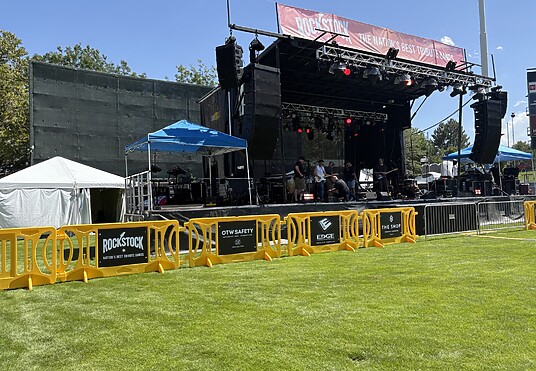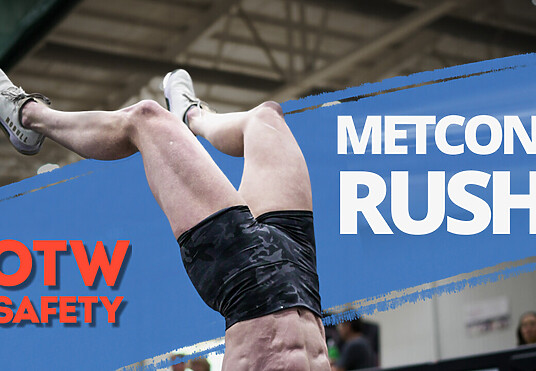How to Recycle HDPE Plastic Barricades
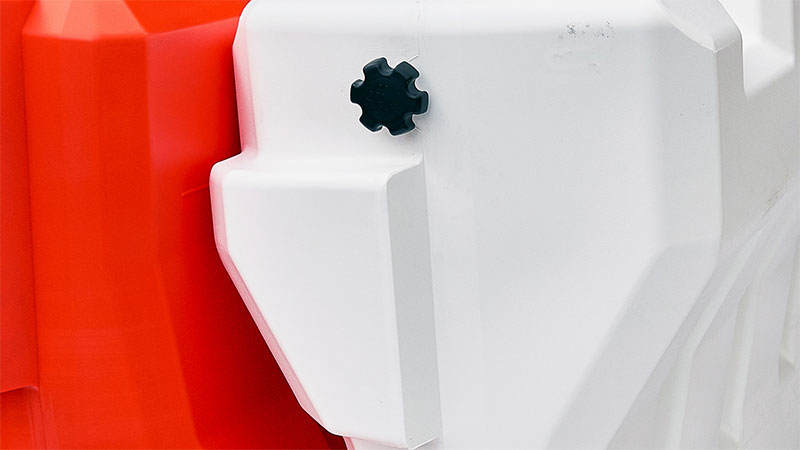
The world uses plastic daily.
We come in contact with high-density polyethylene (you might know it as HDPE or plastic #2!) on a regular basis. It is the strongest and most durable form of plastic out there. It’s used in a wide variety of applications: you’ll find HDPE in the creation of milk bottles, heavy-duty water bottles (like a Nalgene bottle, not a bottled water – recycle those separately!), tupperware, beauty and hair product packaging, drums and packing containers, and, of course, OTW’s barricades.
It is also one of the most versatile (and therefore most used) building materials on the market because of its durability, thus increasing the need for recycling and reuse. Plastic is sustainable but is not biodegradable, so it’s important to consider the effect such a material has on the environment. Its level of impact on the earth means that it is imperative that it’s consistently and correctly recycled!
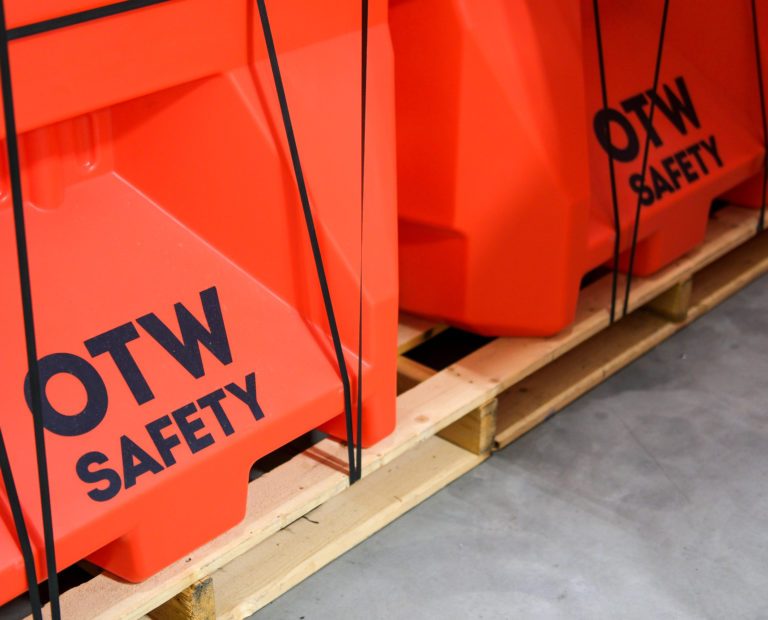
HDPE is sustainable and recycling it is easy!
As HDPE is one of the most easily recycled plastics, nearly all recycling centers around the world accept it in any form. The process is fairly simple: the plastic is collected and separated by grade, debris is removed, and the pieces are rigorously cleaned and sterilized. As HDPE takes to sterilization well, this ensures that the plastic is safe to recycle and reuse for future products. To create these new products, the cleaned plastic is shredded, then melted down into granules or pellets for future use. Plastic can be used again and again at the same level of application; while a percentage of new HDPE is frequently incorporated to maintain strength, the majority is generally renewed material!
As OTW is committed to the responsible design, manufacturing, and use of all products, they are manufactured in such a way that they are 100% recyclable. Waste reduction protocols in our manufacturing processes ensure that OTW’s impact on natural resources is reduced and waste generation is minimized – as much pre-consumer waste as possible is re-introduced into subsequent products! This, along with correctly recycling our HDPE barricades when they reach the end of their lifecycle, ensures that their environmental impact is greatly decreased.
Recycling saves resources, water usage, energy usage and landfill space, and reduces pollution. It also uses about half as much energy as incinerator disposal – it’s a big win for the environment all around!
HDPE can live a long life if recycled properly
ESE World B.V. created a test that demonstrated that HDPE can be recycled at least ten times – it found that injection molding (one of our manufacturing processes!) and shredding (recycling) techniques do not alter the materials’ properties over the course of their lifetimes. Plastic bottles, for example, appear to have a lifespan of approximately 10-20 years; recycle those bottles ten times and you have 100-200 years of sustainable material from the same plastic.
Our barricades have the same properties, so one barricade could be reinvented through recycling for the same amount of time! This means that the future of plastics recycling and our products is bright.
How to recycle OTW plastic barricades
To recycle our plastic barricades, we suggest starting with the same step you’d take for any plastic item: make sure it’s clean! If a barricade has been in use outside, chances are good that it has accumulated debris from various types of weather, car wheel splashes, mud, sand, and more. Hosing each barricade down, inside and out, will ensure that all detritus is removed, making it one step closer to being recycle-ready.
If your barricades have been used exclusively inside, however, this might not be as much of a concern. Either way, ensuring your HDPE barricade is clean is one of the best ways you can prep it for recycling. Let them dry completely, as liquid can also contaminate a recycling load (just like food or leftover product), and get ready to go!
While a slew of barricades can’t exactly be recycled curbside in most states, they can still be dropped off at many recycling centers around the country. You can always start by calling your local recycling location to ask if they accept large items such as HDPE barricades, and, if so, where they should be dropped off. You might need to look for a “bulky rigid plastics” sign when you arrive, as that is where many recycling centers accept both large #2 HDPE and #5 PP items. If they do, you’re good to go! If your local center doesn’t accept bulky items, however, you may have to find a different route (or center).
Companies like Triumvirate Environmental provide industrial recycling and waste management services for many businesses in the medical, education, life sciences, and manufacturing fields. Using a third party that specializes in waste management and sustainability initiatives can reduce unnecessary waste and help plastic items find new life. If your organization is local to a company like this, it is an excellent way to not only recycle your large items but commit to a standard of sustainability you might not have achieved otherwise!
Can concrete and steel be recycled as well?
While recycling plastic, in general, is fairly simple, doing so with barricades made of steel or concrete might require an extra step or two. While these materials can be recycled (and should be!), the processing is more complex than plastic.
Steel is 100% recyclable and highly recycled or reused; recycling processes, however, are often more dangerous to workers. While steel is, indeed, highly renewed at the same level of usable application, it is often easier (particularly in construction) to retool a piece of steel rather than recycle, as trimming and sandblasting pieces is generally a faster method for reuse.
Concrete, on the other hand, is generally crushed down and screened for debris, and then used for the same or lower grade of the product as it was previously. Formed concrete, however, is generally not repoured, but given new life as gravel, paving materials, or aggregate (gravel, sand, and crushed rock). So keep recycling your steel and concrete barricades, but know that investing in plastic is where it’s at in 2023!
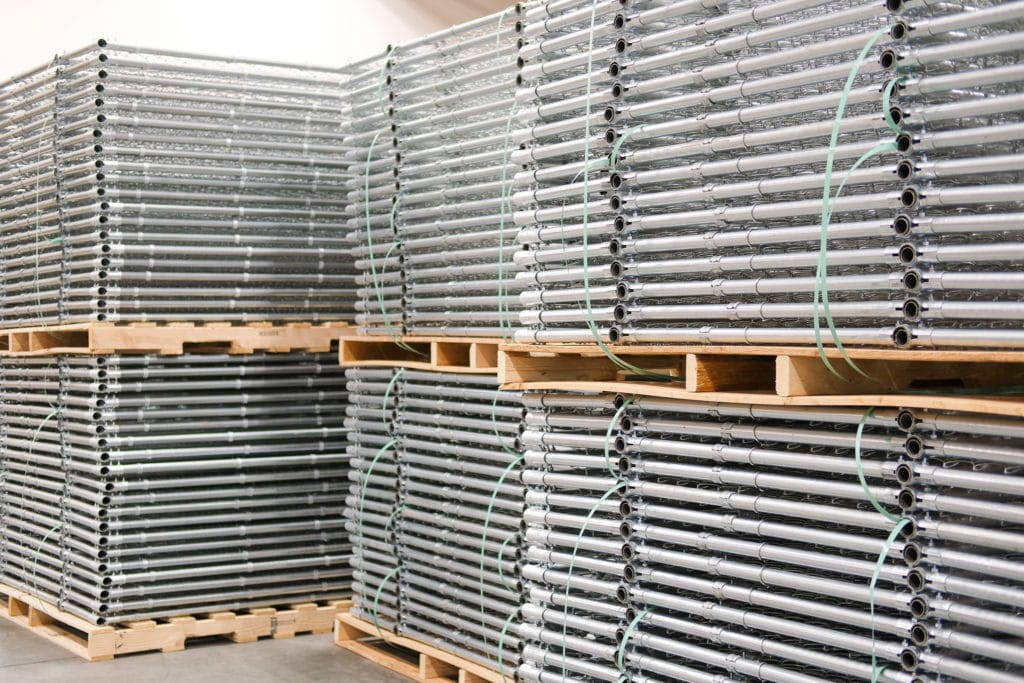
Our commitment to sustainability: 100% recyclable HDPE products
It’s reliable, efficient, and long-lasting – these are just a few of the reasons that we choose to use HDPE as the number one material for our safety products. Our barricades might find new life as plastic lumber (think playgrounds or picnic tables), recycling bins, non-food bottles (auto, beauty, or cleaning products), or gardening tools. We think that is pretty incredible. We are as committed to safety as sustainability, so we are dedicated to offering products that ensure both!
Have questions about recycling your OTW Safety barricades or barriers? Send us an email, we’d love to help you out!
